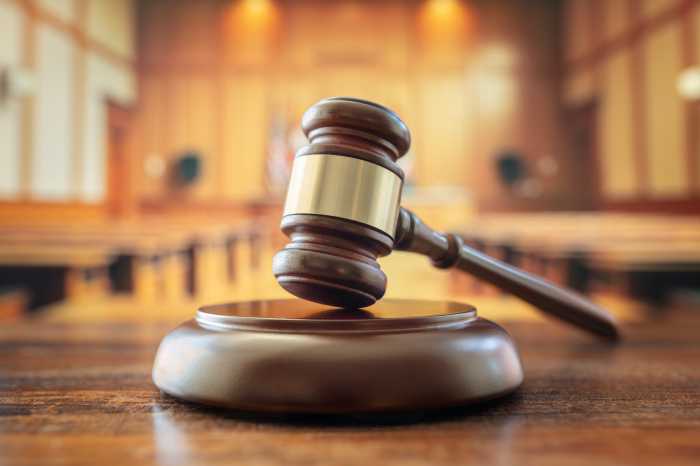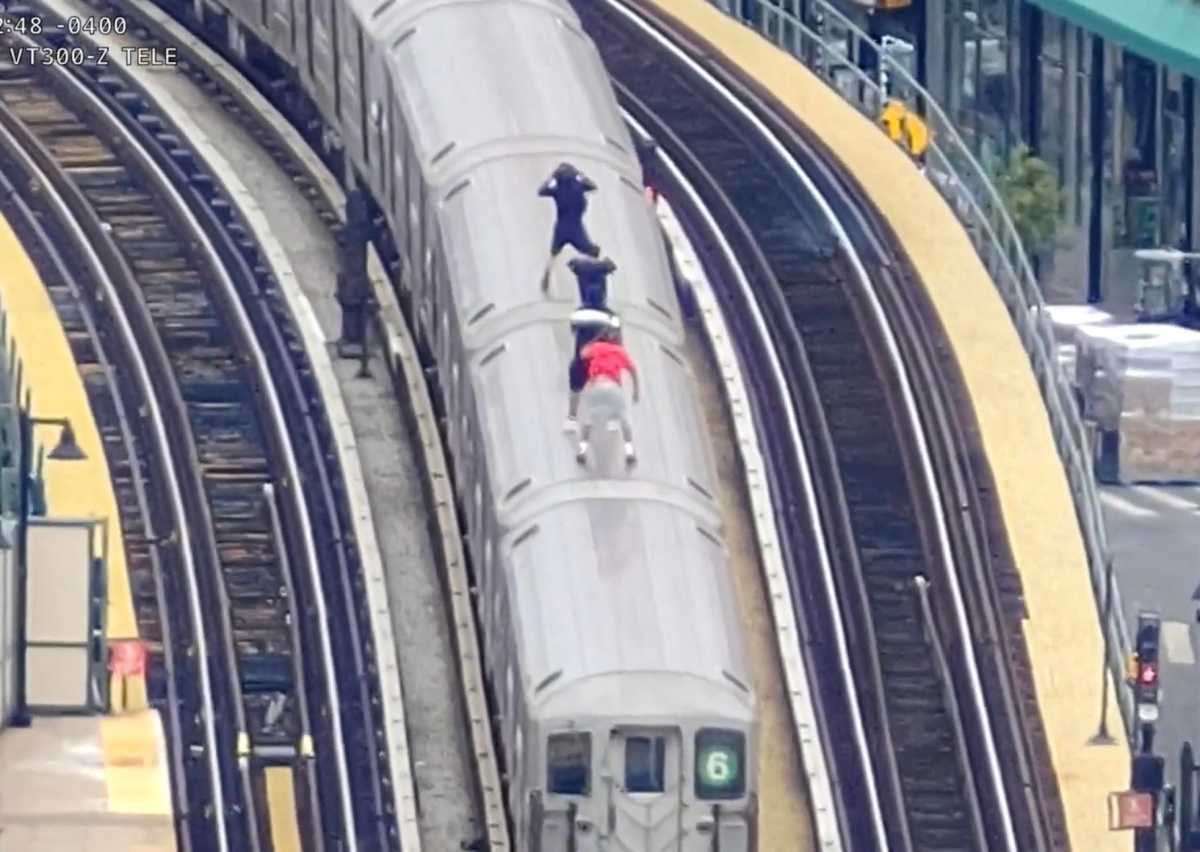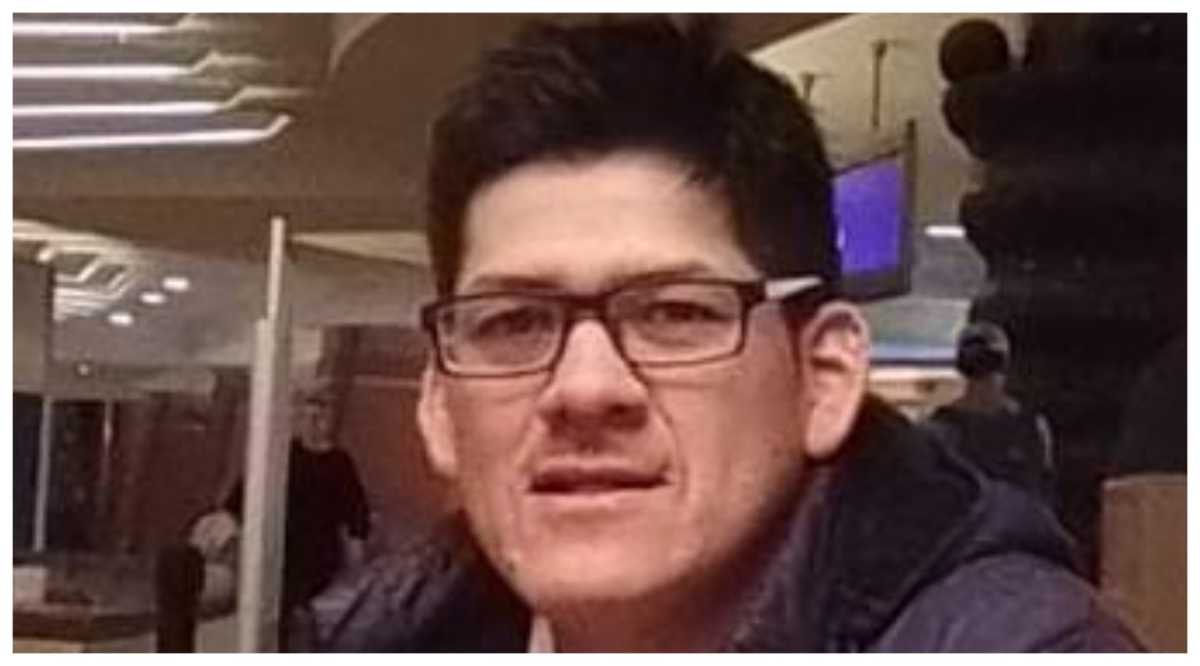All of us know someone who’s had a stroke. It is a life changing event that burdens the individual, as well as those around them.
In the U.S., strokes continue to be a significant public health problem. It is the fifth leading cause of death, and more importantly, a leading cause of adult disability. Every 40 seconds, someone in the U.S. suffers a stroke and someone dies of a stroke every 3 minutes and 14 seconds.
It is paramount to know when one is having a stroke and what to do should that happen. But is more important to remember that it is always best not to suffer a stroke. Stroke is a preventable condition.
Below are five facts about stroke:
Fact: Stroke is a brain attack. It kills brain cells
A stroke occurs when a vessel bringing blood to the brain gets blocked or bursts, causing interruption of blood flow. Brain cells die because of lack of oxygen and nutrient-rich blood. It is estimated that 2 million brain cells die every minute during a stroke. Stroke causes loss of bodily and cognitive function. Remember that stroke is a medical emergency.
Fact: There are different types of stroke. All should be considered medical emergencies.
An ischemic stoke happens when blood clot blocks a vessel supplying blood to the brain. It is the most common type of stroke, accounting for about 85% of all strokes.
When a blood vessel bursts in the brain, it is called a hemorrhagic stroke. Spilled blood in the brain prevents the surrounding areas from getting oxygen. While this is less common, it is associated with a higher risk of dying.
Stroke symptoms that resolve quickly can be considered a transient ischemic attack or TIA. A lot of people refer to this condition as a “mini stroke.” While the symptoms are temporary, it is equally important to seek medical care as it is a signal of a possible full-blown stroke ahead.
Fact: Time lost is brain lost. One has to Act F.A.S.T
There are common warning signs that signal a stroke. Know to spot one and know what to do.
F: Face dropping
A: Arm weakness
S: Speech difficulty
T: Time to call 911
Fact: Treatment is available. But only immediately after the onset of an ischemic stroke.
Advances in medical care has led to treatment opportunities that can help reverse the effects of an ischemic stroke in select patients, but only if a patient presents for care immediately after a stroke.
Thrombolytics are medications that can dissolve the clot blocking blood vessels in the brain. A select individual receiving it within 3 hours of being “last known well” can have a 30% chance of having excellent neurologic recovery within 90 days of having a stroke. These medications are futile, or even dangerous, when given beyond the recommended time frame.
Select patients can also benefit from mechanical clot removal, a specialized procedure done to remove a clot blocking one of the big supplying blood vessels to the brain.
Fact: Prevention is key.
Despite advances in medical care, it is best not to suffer a stroke. Work with your doctor to identify strategies to prevent a stroke, or to prevent another stroke if you already suffered one. This may include making healthy life style changes, quitting smoking and drug use, identifying illnesses that may cause stroke, taking recommended medications, and dutifully following up with your doctor for healthcare maintenance.
Remember to treat stroke as a medical emergency. Calling 911 is the best route to the hospital and getting acute stroke care.
And remember to be an active participant in your own well-being. Preventing stroke delivers on the hope that we all have – to live long, productive, and healthy lives.
Lenore Ocava, M.D., is director of the Stroke Center at NYC Health + Hospitals/Jacobi.




















